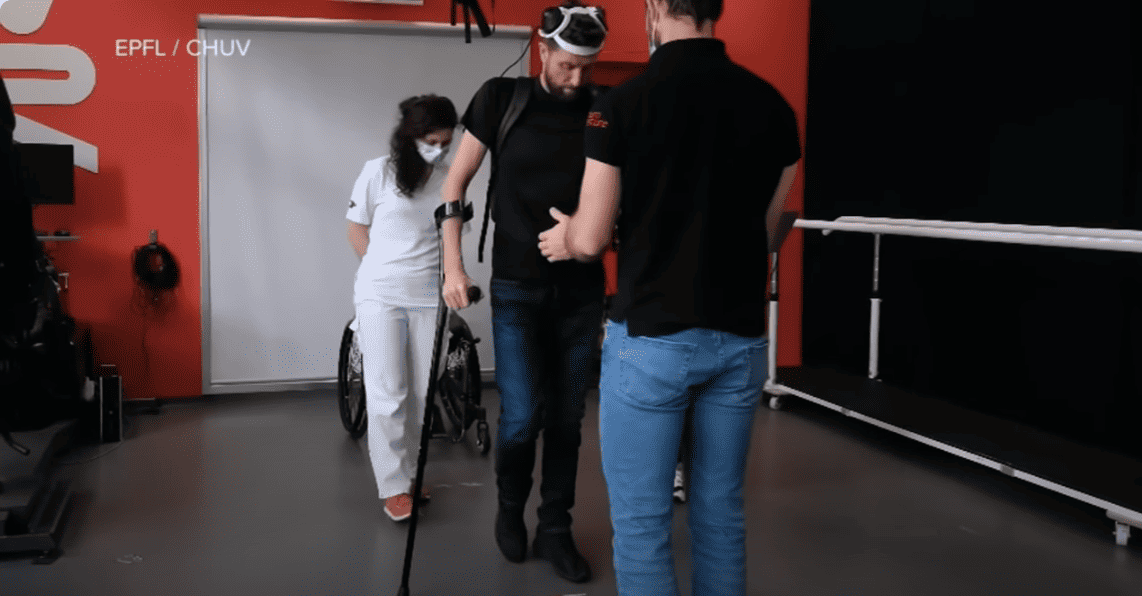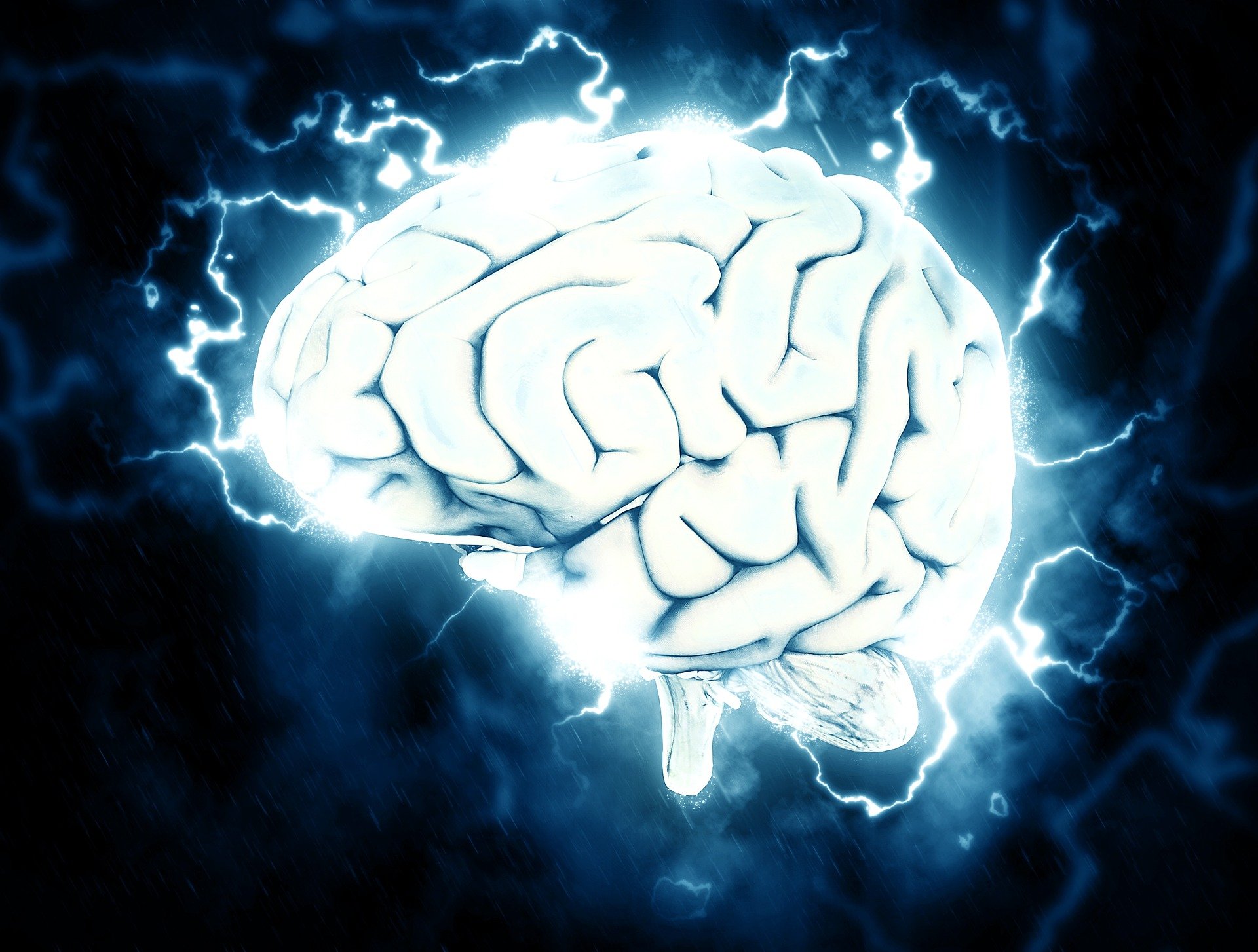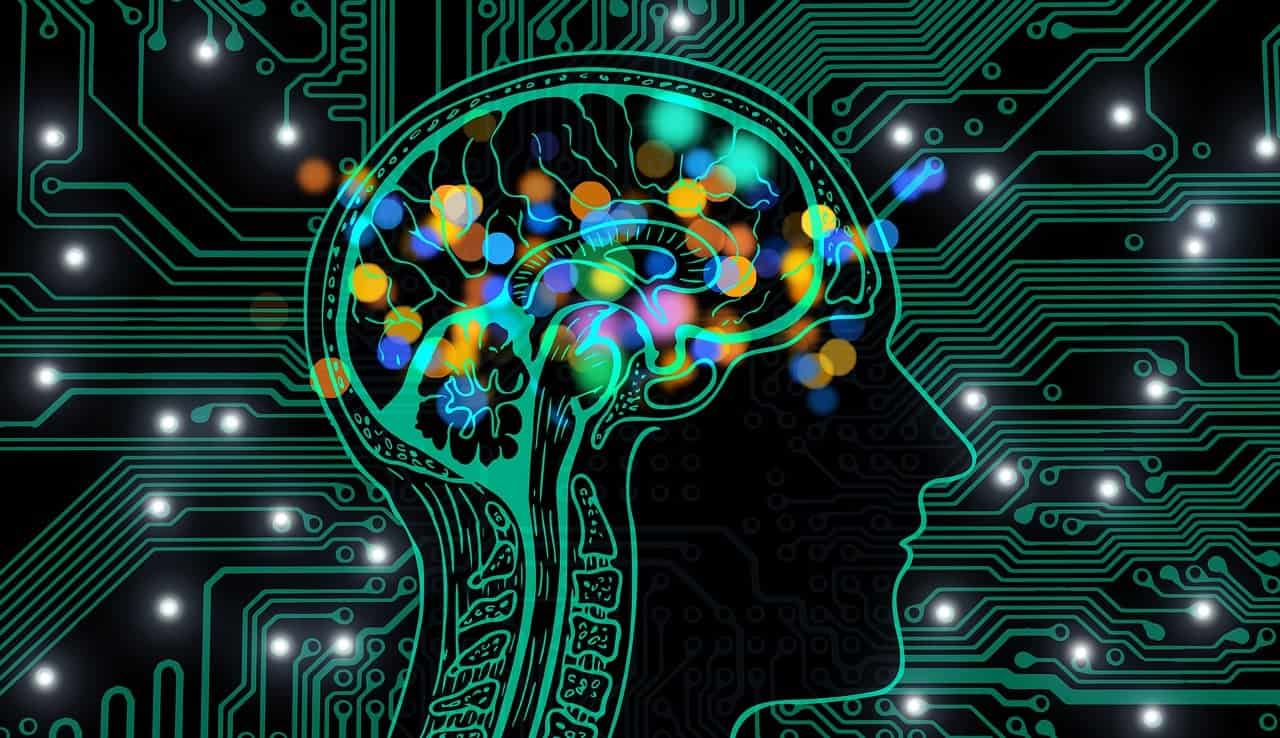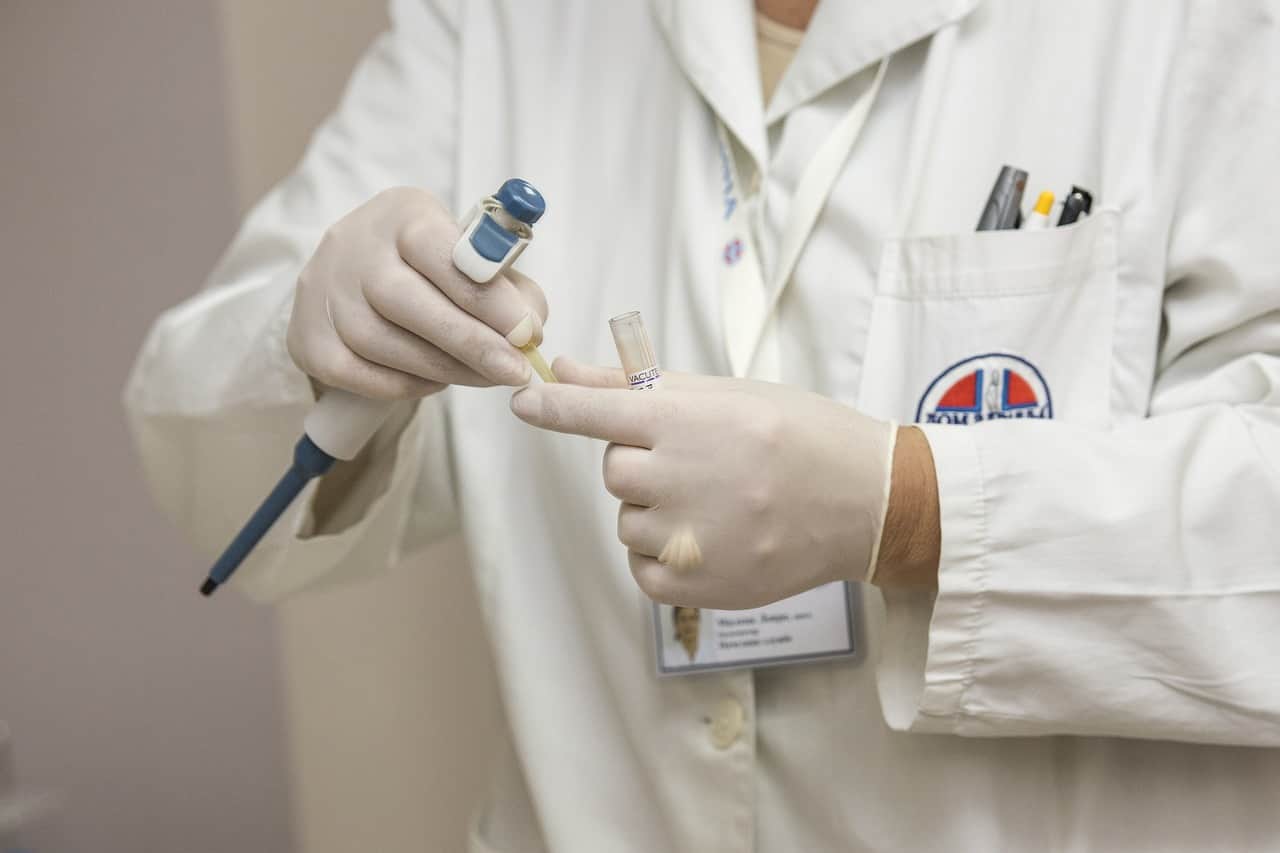
Until now, it was taken for granted that the so-called mesencephalic motor region, a part of the midbrain, regulates complex movements such as postural changes and the coordination of all four limbs when walking. However, the function of neurons in this area of the brain is still not fully understood. But Swiss researchers have now been able to show that there are different populations of neurons in this region of the brain that control other, different body movements in addition to walking. According to the doctors, these findings could open the door to improved therapies for Parkinson’s disease.
Prof. Silvia Arber at the Biozentrum of the University of Basel and group leader at the Friedrich Miescher Institute for Biomedical Research (FMI) in Switzerland has studied the mesencephalic movement region in mice in more detail with her group. She found and identified different populations of neurons that regulate a whole range of other movements, not just walking. Based on the results of their research, the previously assumed role of this key part of the midbrain needs to be reconsidered, Arber says. “It was surprising to find that in this region, which everyone in expert circles has associated with walking, many of the neurons are not activated at all during walking.”
Two neuron populations not active during walking
The scientists discovered two locally inseparable populations of neurons during the research. One sends stimuli down to the spinal cord while the other connects in the opposite direction to parts of an area of the brain called the basal ganglia. During the experiments, it became apparent that the neurons connected to the spinal cord increased their activity when the mice stood up. The others, on the other hand, became active when the animals moved their front legs, such as during grooming or when they reached for objects. During walking, however, only a small proportion of these neurons switched on.
In further experiments to investigate the function of these two populations, neurons that are directly connected to the spinal cord showed increased activity when stretching the body or changing posture. The second population, on the other hand, is involved in the regulation of various movements.
New therapy options for Parkinson’s disease
The results would not only lead to a re-evaluation of a long-standing idea about the role of the mesencephalic motor region, the researchers emphasise. The study could also have implications for therapies for Parkinson’s patients who do not respond to medication. So far, the postural and gait disorders associated with the disease have been treated with an experimental therapy called deep brain stimulation. This involves delivering electrical impulses directly to the patient’s mesencephalic motor region. However, the effects of the therapy are very inconsistent.
For some people it leads to small improvements, while others suffer from numerous side effects. Arber has a possible explanation for these differences. Applying electrical impulses to all neurons affects the activity of different neuronal populations in an uncontrolled way, she says. “A better strategy would be to stimulate only those neurons that direct their stimuli to the spinal cord or medulla oblongata,” she says. “Therapeutic approaches that target and activate specific neurons could be very successful.”
Next, the scientists want to explore in more detail the role of the mesencephalic motor region in selecting movements. In this process, the brain “selects” a particular movement, which causes it to slow down other motor commands. “It’s exciting that this region controls more than just walking. That’s why it will be interesting to understand how the neurons we identified communicate with other brain regions involved in movement control,” says Arber.
The scientists published the results of their research in the scientific journal “Cell”.
Cover photo: The mesencephalic movement region of the brain controls not only walking, but a number of different body movements. © Biozentrum of the University of Basel
Also interesting:
Possible new treatment methods for diseases of the brain
How does the brain decide what is important? (German only)
Restoring visual functions of the brain with the help of implants







